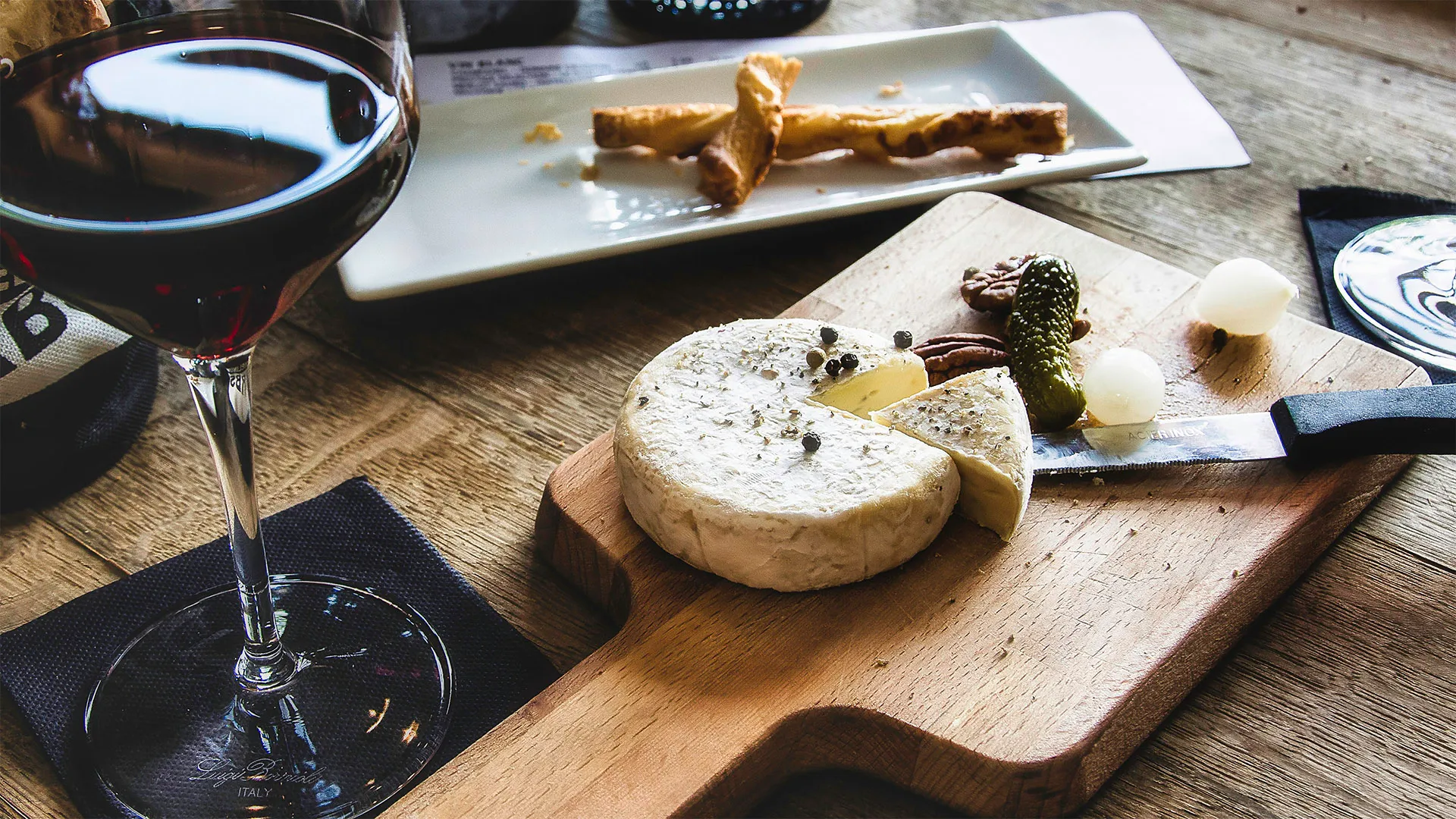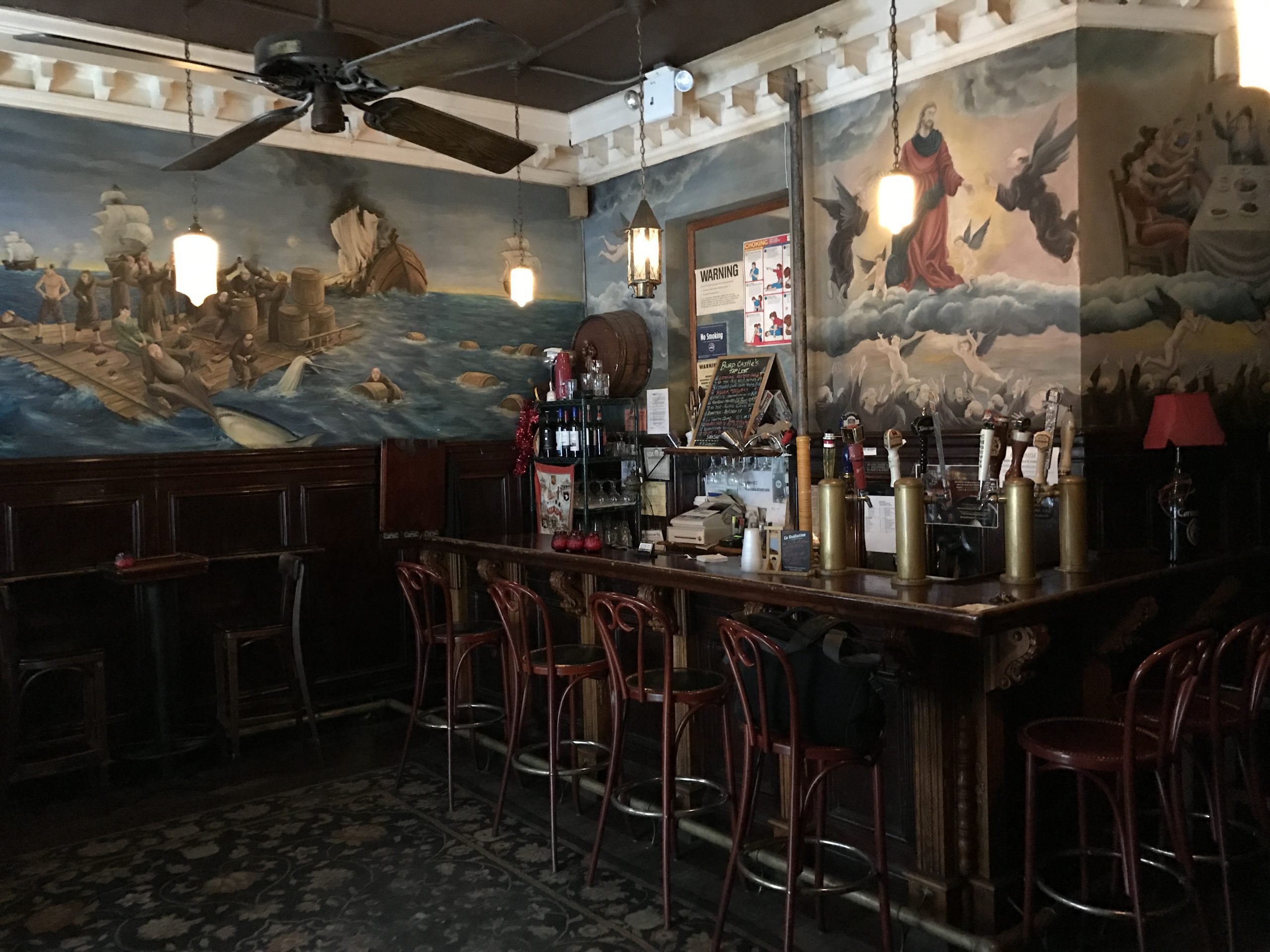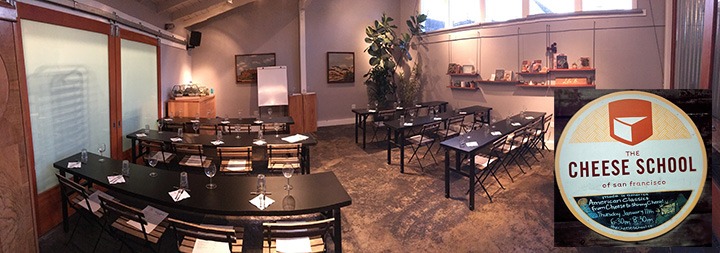TheChocolateLife::LIVE – Breaking Pairing Boundaries

Episode 57 streams live beginning at noon NYC time on Tuesday, September 6th. This stream builds on the Learning to Taste live stream – so you may want to watch that one first if you have not already.
Every single one of us has our own sense of taste, our own sense of smell, and we all grow up in specific food cultures, which means that some flavors – and flavor combinations – are ones that are unfamiliar to us to some extent. These two simple facts mitigate against their being objectively (for all people) good and bad pairings.
There are only pairings that work – or don’t – for me. A person sitting right across the table from me may have a completely different reaction. And it is in exploring the reasons for the differences in reactions that things get interesting. For me.
Pairing Question
The Zeroeth Law of Pairing
Know your audience.
I remember a wine/chocolate tasting I did at the Torch Club at NYU many years ago, organized by NYU’s School of Continuing and Professional Studies and the James Beard Foundation. I did a lot of work selecting chocolates to go with the wines that were available through the Club. (I could not use others.)
Before I started the tasting I asked the group what their favorite wines were and several people piped up, “White Zinfandel.”
And there was not one white zin (or similar) on the tasting menu.
The First Law of Pairing
Every pairing you construct will fail for some percentage of the people who taste it. It’s amazing how liberating it is to construct pairings for groups when you recognize this simple fact and learn not to stress to arrange “perfect” pairings.
Recognize this fact and lean into it. Embrace the likelihood of failure as learning and teaching opportunities.
I evaluate pairings using the following rubric (example wine and chocolate, but adapt as needed – it works equally well for beers, cheeses, spirits, etc):
- Does the combination of the wine and the chocolate make the wine taste better? Yes or no – and in what way(s)?
- Does the combination of the wine and the chocolate make the chocolate taste better? Yes or no – and in what way(s)?
- Is the combination worse than each on their own? In what way(s)?
- The combination does not make either seem better or worse In what way(s)?
- Is the combination better than each on their own? In what way(s)?
- From the “Learning to Taste” live stream, remember that order matters.
The Second Law of Pairing
When it comes to pairing, my advice is: “Forget the conventional wisdom.” The idea that you should pair red wine with meat, white wine with fish, and rosé wine with fowl only takes you so far. It may be harder to arrive at a truly bad pairing, but the possibilities for truly sublime pairings begin when you break the rules.
In chocolate, the conventional wisdom is red wine with dark chocolate and sweet wines with chocolate desserts. There is little mention of white wines, except perhaps white ports.
Why? Or more particularly, why not?
Moral: If you’re not making mistakes, you’re not trying hard enough. You learn more from your mistakes than you do from your successes. Step outside your comfort zone.
The Third Law of Pairing
Pairing is collaborative – it’s a chance for everyone to learn, share, and enjoy. It’s not a one-way transfer of knowledge; it’s not, “I am the expert, I put these things together based on my experience so I know they’re good together – and if you disagree or don’t get it, well, you’re wrong. Because I am the expert, I put these things together based on my experience, so I know they’re good together.”
Moral: In other words, go into pairing sessions with an open mind and heart prepared to learn from your students. It’s not about you – or at least it shouldn’t be.
The Fourth Law of Pairing
Keep it fresh.
When I was doing pairing classes at 2Beans in NYC, I would select different wines and chocolates for each class. They might be the same kinds of wines – always a Rioja but never the same Rioja, and chocolates – always a white chocolate but never the same white chocolate; but I never used the exact same selection of wines and chocolates.
And I would go so far as never to taste the pairing combinations in advance.
Why? To avoid boredom. Mine.
If I am making the same points over and over again with the same wines and the same chocolates, it’s hard to keep things fresh and interesting for me as the presenter. If it’s hard for me to find the fresh, that lack of enthusiasm is hard to keep from the guests/students.
So, my responses were just as real as the guests’ – I was learning in real time. A risk? Maybe if it was all about me and my taste. But not a risk because I was open, up front, and honest about the situation. Not all the pairings were great, or even good. But someone always found something to like about them, and that often sparked interesting discussions.
My goal was to give the students not just a good time, but to give them tools they could apply on a daily basis in their own lives. It wasn’t just about the pairings in front of us – I demonstrated a practical application of an approach to tasting and pairing they could use.
Applying the Pairing Laws to Chocolate, Confectionery, Baking, and Savory
This topic is going to be covered in depth during the live stream. You’re going to have to watch the stream.
Resources



Live Stream Links
Watch/Participate on YouTube, Facebook, or LinkedIn.
Visit TheChocolateWire Channel on YouTubeMy LinkedIn profile
TheChocolateLife page on Facebook
Leave them in the comments.
